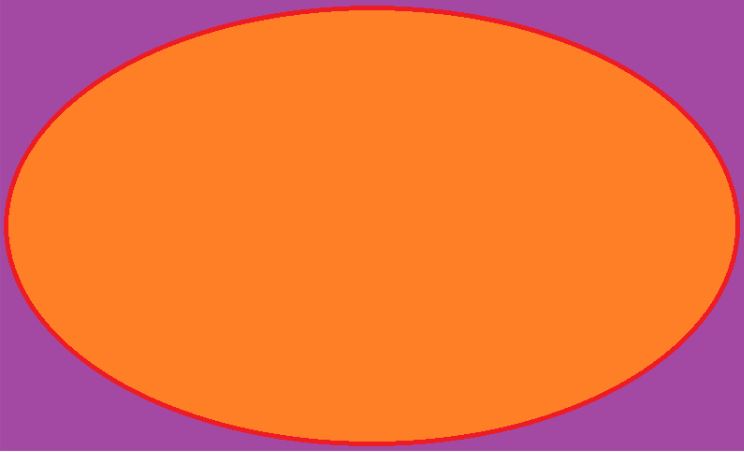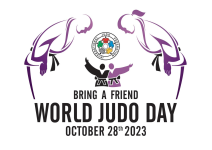You are using an out of date browser. It may not display this or other websites correctly.
You should upgrade or use an alternative browser.
You should upgrade or use an alternative browser.
October 28th is World Judo Day
- Thread starter Shiftless2
- Start date
S2,As you know learning a martial art from a school has advantages. But for those without that option,
can you recommend a set of DVD to offer some insight into the basics of the sport?
Judo
Modern martial art, combat and Olympic/Paralympic sport

Judo (Japanese:柔道, Hepburn:Jūdō, lit.'gentle way')is an unarmed modern Japanese martial art, Olympic sport (since 1964), and the most prominent form of jacket wrestling competed internationally. Judo was created in 1882 by Kanō Jigorō (嘉納 治五郎) as an eclectic martial art, distinguishing itself from its predecessors (primarily Tenjin Shinyo-ryu jujutsu and Kitō-ryū jujutsu) due to an emphasis on "randori" (乱取り, lit. 'free sparring') instead of "kata" (pre-arranged forms) alongside its removal of striking and weapon training elements. Judo rose to prominence for its dominance over established jujutsu schools in tournaments hosted by the Tokyo Metropolitan Police Department (警視庁武術大会, Keishicho Bujutsu Taikai), resulting in its adoption as the department's primary martial art. A judo practitioner is called a "judoka"(柔道家,jūdōka, lit. 'judo performer'), and the judo uniform is called "judogi"(柔道着,jūdōgi, lit. 'judo attire').
The objective of competitive judo is to throw an opponent, immobilize them with a pin, or force an opponent to submit with a joint lock or a choke. While strikes and use of weapons are included in some pre-arranged forms (kata), they are not frequently trained and are illegal in judo competition or free practice. Judo's international governing body is the International Judo Federation, and competitors compete in the international IJF professional circuit.
Judo's philosophy revolves around two primary principles: "Seiryoku-Zenyo" (精力善用, lit. 'good use of energy') and "Jita-Kyoei" (自他共栄, lit. 'mutual welfare and benefit'). The philosophy and subsequent pedagogy developed for judo became the model for other modern Japanese martial arts that developed from koryū(古流, traditional schools). Judo also spawned a number of derivative martial arts around the world, such as Brazilian jiu-jitsu, Krav Maga, sambo, and ARB. Judo also influenced other combat styles such as close-quarters combat (CQC), mixed martial arts (MMA), shoot wrestling and submission wrestling.
More from Wikipedia
Shiftless2
Well-known member
Have to say I've never given any thought to instructional DVD's. That said, there are any number of websites that include some basic instruction - personally I wouldn't recommend trying to learn at home. After all, in a dojo you practice on tatami (mats) and have an instructor to point out errors (including things that you're doing that are potentially dangerous).
No recommendations among them tho - Rhonda Rousey's site begins with how to tie your belt and goes on to demonstrate some basic techniques (a word of warning - if you want to learn those throws you're going to have to practice them which means you'll need a partner who knows how to fall - if they don't .... On that topic you can hurt yourself as well).
No recommendations among them tho - Rhonda Rousey's site begins with how to tie your belt and goes on to demonstrate some basic techniques (a word of warning - if you want to learn those throws you're going to have to practice them which means you'll need a partner who knows how to fall - if they don't .... On that topic you can hurt yourself as well).


